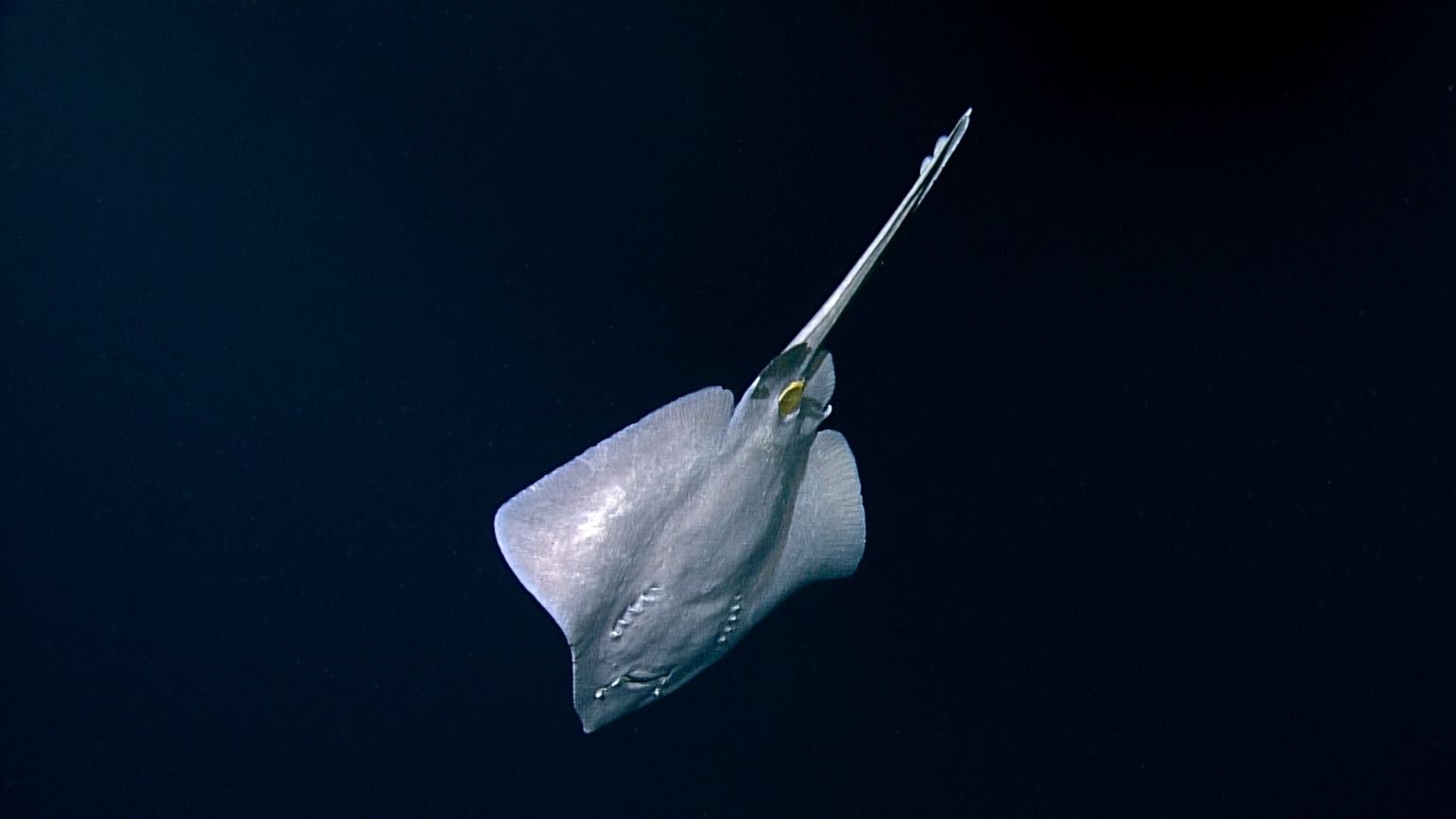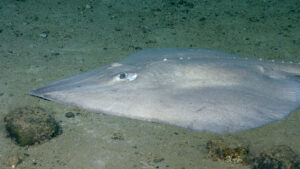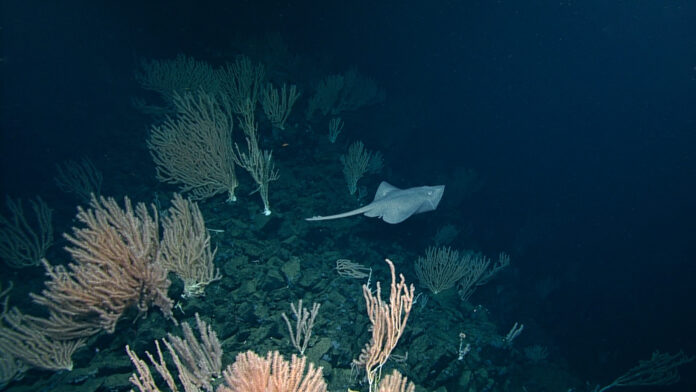Researchers from the Department of Fisheries and Oceans stumbled upon first ever evidence of a relatively unknown sea creature laying its eggs.
According to Heidi Gartner of the Deep-Sea Ecology Program, the discovery relates to the pacific white skate. Gartner says the skate is a relatively new discovery, and it is a close relative of the manta ray.
However, it lives at depths of nearly 800 to 3,000 metres below the surface and it lays eggs, whereas manta rays give live births.
It is this laying of eggs that baffled the researchers while investigating a nursery ground on top of a seamount. According to fellow researcher Cherisse Du Preez, the seamount in question is also thermal, and Gartner says it is on top of an active volcano about 1.5 km below the surface.
“We thought it was an ancient volcano, but we did discover during this expedition evidence of low temperature venting, meaning that it’s still active,” said Gartner.
Gartner says they were investigating the seamount, which happens to be the only thermal seamount known in Canadian waters and found that it has a coral garden.
“As we were looking closer, not only are other animals using this but we started finding all these egg cases in amongst the coral garden,” said Gartner.
It was around this time when the team saw an adult skate laying its eggs in the coral garden with their deep-sea remote vehicle.
“Here’s this really rare deep sea skate over a kilometre and a half below the surface of the water, and we’re watching her lay her eggs,” said Gartner. “It’s definitely a rare encounter. For this species of skate there’s so little known about it it’s just fascinating to document it.”
Gartner says they believe the skates are using the seamount because of its thermal properties, and that likely speeds up the hatching process.
“The eggs have been known to gestate for about four years. You can imagine down in the deep sea it’s really dark, it’s really cold and by having this warm seamount it warms up the eggs, almost like an incubator, and it might theoretically shorten the gestation period for these animals,” said Gartner.
The discovery highlights the sheer number of unknowns in the ocean, let alone on the entire planet, according to Du Preez. She adds that keeping an open mind about the planet and ocean is critical moving forward, especially as we do not understand everything around us.
“Every time we go out there and learn more, we learn more about how little we know, and I think the assumption that we have it figured out is really going to throw us in the long run because you want to be human focused,” said Du Preez.
“The ocean is the engine that is sustaining life on our planet as we know it and there needs to be a lot of respect and caution around our assumptions. We go down to a place that we’ve been before and we had it figured out and no, it’s not just a seamount, it’s active.”
Both Du Preez and Gartner say the experience is surreal and the part of their jobs that the most look forward to.








